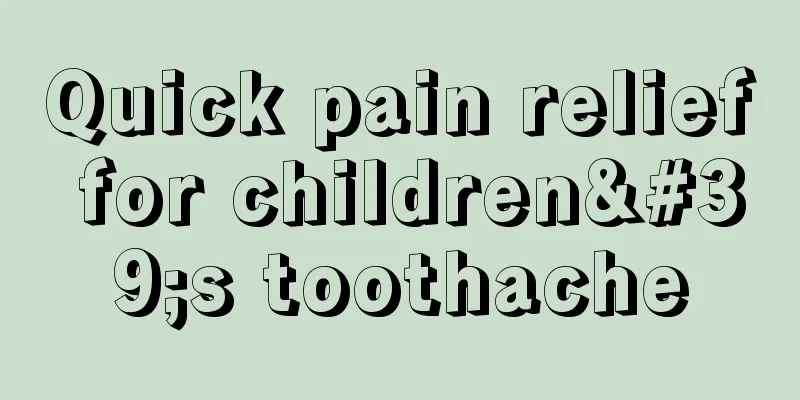How big is a baby's stomach?

|
Sometimes babies spit up milk, sometimes because of air mixed in, and sometimes because the baby's stomach capacity is limited. If they are fed too much milk, it will cause milk reflux. Children do not have the ability to express themselves, and it is often difficult for parents to tell whether they have eaten enough, which is related to the children's health. So, how big is a baby's stomach? Let's take a look below.
Before feeding a newborn, it is necessary for young parents to understand the characteristics and capacity of the baby's stomach. The stomach is located on the left side of the abdomen, unlike the vertical adult stomach. The baby's stomach is in a horizontal position until the child begins to walk, at which point the position of the stomach gradually changes to a vertical position. The upper opening of the stomach is the part connected to the esophagus, which is medically called the cardia. The lower opening of the stomach is the part connected to the duodenum, called the pylorus. The gastric muscle layer of infants is poorly developed. An empty stomach shrinks, and taking in liquid food tends to cause the stomach to expand. Because the cardia is wide, the muscles there (medically called sphincters) are not fully developed and the closing effect is not strong enough; especially after swallowing too much air, milk regurgitation is prone to occur. The muscles at the pylorus are well developed, but due to the immaturity of the infant's neural regulation function, pyloric spasm and vomiting can often occur. So, what is the stomach capacity of a newborn? The size of a baby's stomach capacity varies with different ages. The blood pressure of a full-term newborn is 30-35 ml, that of a newborn baby 14 days after birth is 90 ml, and that of a baby increasing by 25 ml every month thereafter. Based on this, it is 90-140 ml for 1 to 3 months, and 250-300 ml for a baby aged 1 year. In addition, the formula for calculating the amount of food per feeding for children under 1 year old is: food volume = 30ml30ml×number of months after birth. Knowing the stomach capacity of babies of different ages will make it easier to guide baby feeding in real life. Young parents should give their children an appropriate amount of food according to their stomach capacity to avoid unnecessary regurgitation of milk or even vomiting, thereby ensuring the baby's nutrition and allowing the baby to grow more healthily.
A newborn (one day old) is 5-7, about the size of a marble. A few teaspoons of colostrum is just the right amount for your baby's first few meals. 3 days 22-30, equivalent to the size of a large glass ball. Small, frequent feedings ensure your baby gets the amount of breast milk he or she needs. 7 days 44-59, equivalent to the size of a ping-pong ball. Continued frequent feedings are best for the baby's appetite and for stimulating the mother's lactation. 2 weeks 60-80 2 weeks-2 months 80-140 2 months 120-150 3 months 130-160 4 months 140-180 5 months 150-200 6 months 200-220 >6 months 220 |
>>: How old can babies take calcium supplements?
Recommend
What to do if your child has a competitive mentality
We can all understand that people have a certain ...
How many teeth should a one-year-old baby have?
For babies, teeth begin to grow when they are 6 m...
1 year old baby's palms and soles are hot
If a one-year-old baby has hot palms and soles, p...
What causes red and swollen eyes in children?
Red and swollen eyes are a common symptom in chil...
What is the cause of the 2-year-old baby's fever when teething?
A two-year-old baby is very fragile and weak, and...
How to do a neonatal hip examination
Normal people know that children are born after t...
Six types of seasonings to remove the fishy smell from children's food
Many ingredients are very nutritious, but because...
How long does it take to cure infantile bronchitis?
Infants are more susceptible to diseases due to t...
Isn’t it cute when babies always squint their eyes? Wrong!
People often say that when you laugh, your eyes s...
What is the cause of the child's facial twitching?
Our society is developing very fast now, which ma...
One year old baby's face turns yellow
The babies around one year old that we usually se...
Child walking on tiptoes
Children usually start learning to walk when they...
Which department should children with ADHD go to?
Attention deficit hyperactivity disorder (ADHD) i...
When is the best time for children to take intestinal worm clearing?
Now we eat better and better. Not only is the nut...
Don't say these words randomly, parents will affect their children's life
Parents are the people who influence their childr...









